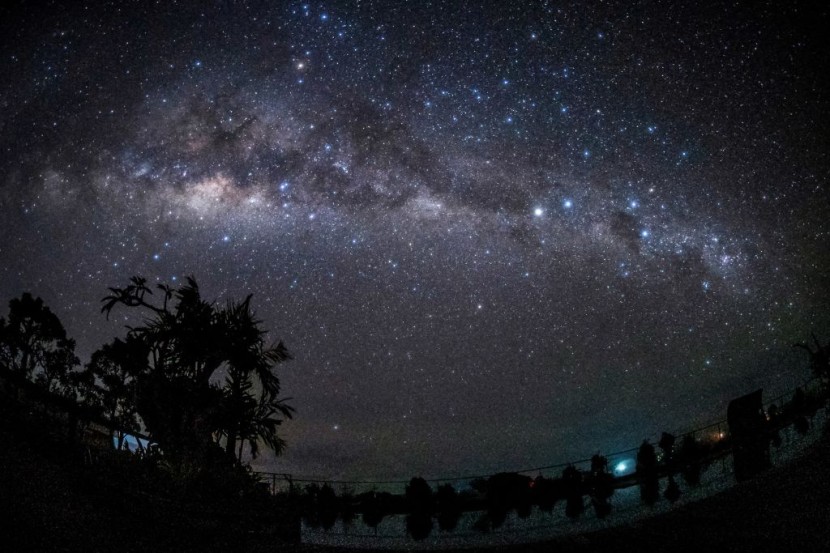
- Totally dark planets may exist, which could be dominantly composed of dark matter, unlike exoplanets made up of baryons.
- Dark matter remains a mystery in our universe, and detecting them is challenging if they're real.
- Researchers use radial velocity to calculate the exoplanet's mass.
Scientists say that totally dark planets may exist, like in our solar system, with baryons composing their matter. Dark matter is hard to detect, so the Standard Model might not apply to this type of exotic matter.
Dark Matters the Size of a Planet Could Exist
For now, the answer to exotic matter is not in our glossary of knowledge that we have right now. A new study authored and led by Yang Bai, a theoretical physicist from the University of Wisconsin-Madison, has an idea of how to solve just that. He added that if the theoretical condition is fulfilled, it can be the case, reported Science Alert.
Many universal mysteries exist but one most intriguing is the one concerning dark matter because it is quantitatively unknown. It's like something out there that exists by far beyond explanation. But the presence of gravity has a lot of baryonic matter existing, per Space.
Counting all the objects in the cosmos and dark space in the gaps and middle has more gravity than expected. How it came to be and what caused it is the dark matter with a few candidates examined by scientists. These are single particles, composites, with blobs of dark matter that have characteristics of a dark exoplanet tethered to a star system, but the physic is way out weird, not of this universe.
Read Also: Milky Way Galaxy Is a Graveyard Full of Stellar Remains Similar to Cosmic Limbo Afterlife
Detecting an exoplanet is done by the light of a star, and the data shows its characteristics. Using starlight to see the detection of radial velocity allows seeing the mass of the exoplanet. Starlight allows the denseness of the planet to be a measure that shows a gas planet like Jupiter is less dense. Rocky earth is much denser, with larger or smaller radii based on the composition.
Bai and the group came up with a way to see these odd planets that are different. Planets made up of exotic matter are unlike ordinary exoplanets, formed uniquely. It can be heavier than iron but simultaneously very uncannily low density. But none has been detected by science yet.
How To Detect Totally Dark Matter
Based on the transit data, scientists measure the light that will be bright or dark based on the wavelengths. Absorption of light might determine what kind of molecules a planet has and indicate a dark matter anomaly. A weird transit dip or anomalous shape are possible hints of an oddball planet.
One notion is that a dark matter planet is opaque with a curve not dissimilar from a normal exoplanet. How the light curve is will be predicted by more analyses to back up the study. Looking at the manner of the planet's orbit suggests that it includes one entangled in stellar gravity like a dark matter planet. Stellar systems, which are exotic matter, remain a possibility until detected.
Totally dark planets made out of dark matter may exist with different rules. The study suggests that we may find one yet, according to the paper posted on the preprint server arXiv.
© 2025 HNGN, All rights reserved. Do not reproduce without permission.








